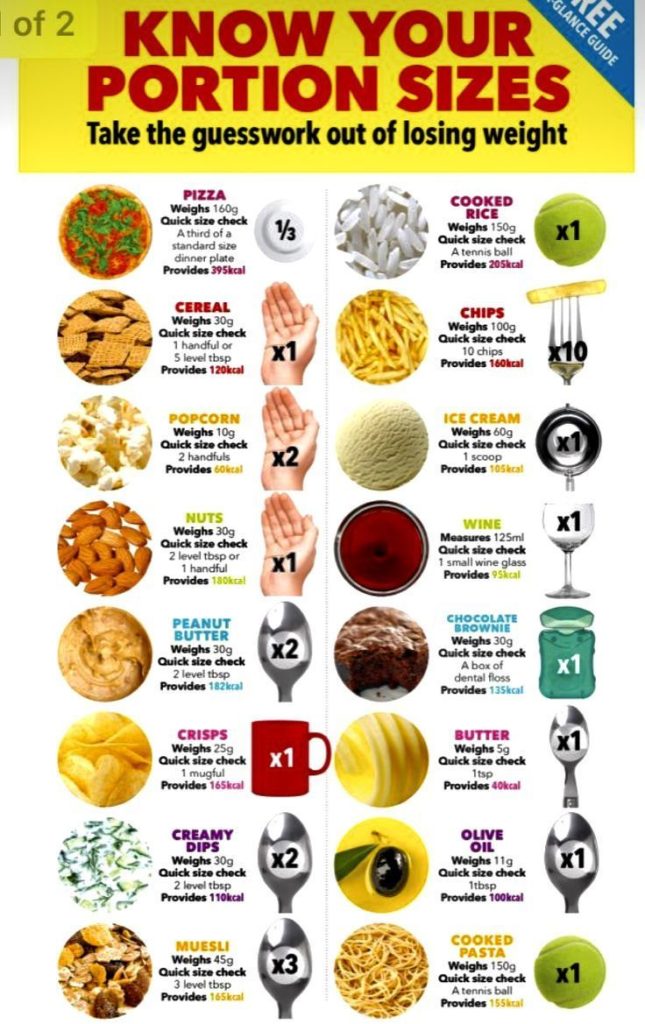

Diet Tips for Portion Control: Mastering Serving Sizes for Effective Weight Loss is a comprehensive guide to understanding portion control for successful weight management. Imagine effortlessly achieving your weight loss goals by simply mastering the art of portion control! It’s a common struggle, but with the right strategies, you can transform your relationship with food and reach optimal health. This guide tackles the common challenge of portion distortion, offering actionable tips for portion control, serving size mastery, and a framework for effective weight loss strategies. We’ll explore various strategies, from mindful eating techniques to using helpful tools, and demonstrate how these techniques can impact your overall well-being. We will also cover crucial topics such as understanding portion sizes and how to use different tools for portion control. This detailed guide will cover the essentials and offer practical techniques to achieve your goals.
Understanding Portion Distortion: A Key to Successful Weight Management
The Illusion of Serving Sizes
Portion distortion is a significant obstacle to weight loss. Many of us unknowingly consume more calories than necessary due to unknowingly consuming larger portions, leading to the accumulation of excess weight. This frequently occurs due to an interplay of various factors including portion size, food presentation, and psychological factors such as environmental cues. People often underestimate the size of servings, leading to overconsumption. Research consistently demonstrates that larger portion sizes directly correlate with higher calorie intake, ultimately hindering weight management efforts.
Addressing the Challenge Through Education and Tools
This guide will equip you with the knowledge and tools you need to effectively manage your portion sizes. By understanding how portion distortion affects your eating habits, you can make conscious decisions that align with your health goals. We’ll explore practical solutions that enable you to accurately estimate serving sizes, empowering you to make informed choices and achieve lasting results. Techniques like using smaller plates or measuring food with specific tools can make a real difference in reducing calorie intake and fostering a healthier relationship with food.
Examples of Serving Size Misunderstandings
In restaurants, portions are often significantly larger than what is recommended for a balanced meal. Similarly, at home, we are often not fully aware of how much a particular serving size should be. This can easily cause unintended overconsumption, making portion distortion a key component in weight gain. A common example is a portion of pasta, which may look normal to most people and their plates may appear similar in size, but one portion might contain significantly more calories than another. This is a significant issue that can prevent individuals from making healthy choices.
The Role of Mindful Eating in Portion Control
Cultivating Awareness of Hunger Cues
Mindful eating is a technique that emphasizes paying close attention to your body’s hunger and fullness cues. By practicing mindful eating, you can become more attuned to these cues and avoid eating out of boredom, stress, or habit. This awareness allows you to eat when truly hungry and stop when satisfied, preventing overeating. This mindful approach can also help create a healthier relationship with food, fostering long-term weight management success.
Techniques to Enhance Mindful Eating
Mindful eating techniques go beyond simply paying attention to physical sensations. It also involves being present and engaged while eating, without distractions like TV, work, or social media. Use these techniques for a healthier relationship with food:
- Savor each bite: Appreciate the taste, texture, and aroma of your food. This heightened awareness can lead to a sense of fullness sooner.
- Put your utensils down between bites: This simple action promotes better chewing and helps you become more aware of your body’s signals.
- Eat slowly: Avoid rushing meals, which may lead to overeating.
Combining Mindful Eating with Portion Control
Mindful eating can serve as a powerful tool in conjunction with portion control strategies. It allows you to be more attentive to your body’s needs, ensuring that you’re meeting your nutritional requirements without exceeding recommended portion sizes.
Utilizing Tools and Techniques for Accurate Portioning
Measuring Food Using Specific Tools
Using measuring cups and spoons, digital scales, and calibrated containers can help individuals determine the exact portion size for various foods. This meticulous approach ensures you’re accurately tracking your calorie intake, optimizing your weight management journey.
The Importance of Food Labels and Nutritional Information
Food labels are invaluable resources for understanding portion sizes and nutritional content. Reading these labels diligently can help you make informed choices and ensure you’re consuming the right amount of nutrients.
Tips for Practical Application
- Use smaller plates: Smaller plates can help create the illusion of a larger portion, effectively reducing your overall food intake.
- Fill half your plate with non-starchy vegetables: Non-starchy vegetables contribute to a feeling of fullness without adding excessive calories.
- Employ the Plate Method: This method involves dividing your plate into sections for proteins, carbohydrates, and vegetables to ensure balanced portions.
Case Studies Demonstrating Success
Many case studies confirm that individuals who consistently use portion control strategies, along with mindful eating habits and appropriate tools, have demonstrated significant weight loss and improved health outcomes.
Adjusting Your Lifestyle for Lasting Results
Creating a Supportive Environment
Creating a supportive environment that encourages healthy habits is essential for successful long-term weight loss and adherence to portion control methods. Surrounding yourself with supportive friends and family who encourage positive dietary choices can make a significant difference. A supportive environment helps create lasting habits and reinforces a commitment to health goals.
Incorporating Regular Exercise into Your Routine
Integrating regular exercise into your daily routine can complement portion control strategies, creating a holistic approach to weight management. Combining diet and exercise can help your body maintain a healthy weight more easily. Exercise helps burn calories, improve metabolism, and enhance overall physical well-being. Moderate-intensity exercise is generally recommended for maintaining or achieving a healthy weight.
Prioritizing Sleep and Stress Management
Adequate sleep is crucial for regulating hormones that influence appetite and metabolism. Prioritize getting sufficient sleep for better weight management. Also, managing stress effectively is equally important as stress can often contribute to unhealthy eating habits. Stress-reducing activities, such as yoga or meditation, can help promote healthy habits.
Creating Sustainable Habits for Long-Term Success
Understanding and Respecting Your Body
It’s crucial to understand that your body requires specific nutrients for optimal function. Listening to your body’s hunger and fullness cues is an essential part of this process. Don’t try to drastically reduce calorie intake without consulting a healthcare professional or a registered dietitian. Overdoing portion control can lead to deficiencies and unwanted side effects. This includes being mindful of the emotions you may feel.
Building a Consistent Routine
Consistency is key to long-term weight management and mastering portion control. Create a routine that works for you, including regular meals and planned snacks. Maintain consistent portion control for a longer-term approach to achieving your goals.
Seeking Support from Professionals
If you need help, seeking support from a healthcare professional or registered dietitian is a valuable resource. They can tailor recommendations to your individual needs and offer guidance on creating sustainable habits. Don’t hesitate to seek help when you need support and expert assistance.
In conclusion, mastering portion control is a cornerstone of effective weight loss. By understanding portion sizes, using mindful eating techniques, and adjusting your lifestyle accordingly, you can achieve sustainable weight loss and a healthier relationship with food. Remember, consistency is key! Ready to start your journey towards better portion control? Download our free portion control guide today and discover the delicious possibilities of eating well while still reaching your health goals! We’re here to support you every step of the way.